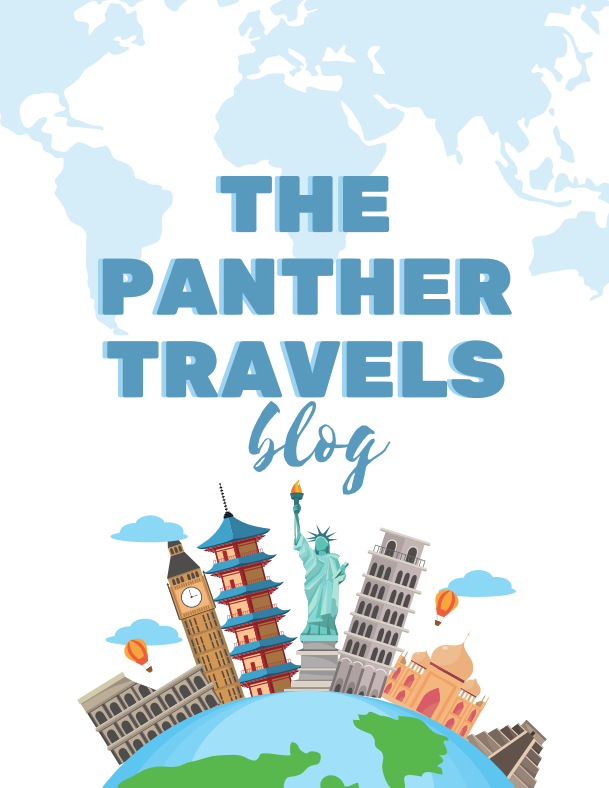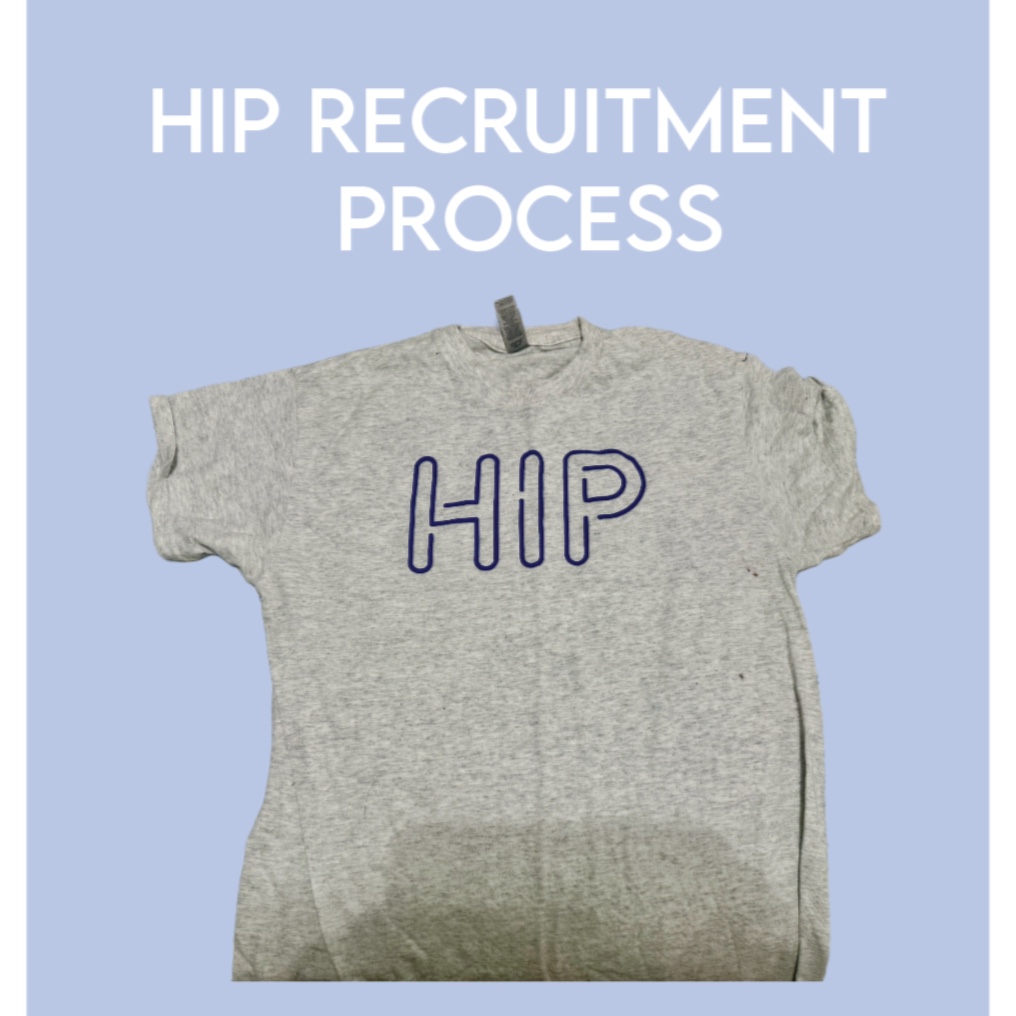The Panther Travels: Traveling Safely During the COVID-19 Pandemic
October 15, 2020
As the holiday season approaches, so does the busiest travel season in the U.S. This year, with COVID-19 rampant, people must take extra safety precautions. While you may not be able to travel internationally, you can still experience the joys of travel and stay safe along the way. The safest option is staying at home, but if you plan on traveling in the upcoming months, make sure to read the travel guide below:
Before Travel
Choose a destination with a low population density and check the state’s cases in the last seven days. The more cases in the location you visit, the more likely you are to contract the virus. If you have an increased risk of contracting the virus or you live with someone who does, consider waiting to travel so one does not compromise your health or the wellbeing of others.
When choosing a destination, try to opt for the outdoors. You can visit national parks, beaches or campsites. Also, check to see if the state you plan on visiting has any requirements or restrictions for travelers.This can range from mask requirements to quarantining for up to 14 days upon arrival. Remember to pack extra masks, disinfectant wipes, sanitizer and, most importantly, do not travel if you feel sick.
Types of Travel
Your chances of contracting COVID-19 depends heavily on your mode of transportation, with air travel being the most risky. It requires spending time in long security lines and waiting for flights in air terminals, which can cause you to come in close proximity to others and come into contact with frequently touched surfaces. Although the virus cannot spread on the plane due to how the air circulates, social distancing does not occur on flights due to limited seating, which may increase your risk of catching the virus.
Traveling by bus or train proves the next riskiest option. The trip may involve standing or sitting near others for a long period of time. You can protect yourself while on public transportation by wiping down your seat, trying to skip rows between passengers and limiting eating or drinking.
Car travel allows you to choose who you travel alongside and limits your contact with others outside that bubble. Making stops along the way for gas, food or restrooms can put you and your traveling companions at risk so try and limit your stops.
Conducting your road trip on RV allows you and your traveling companions to make less stops, as well as avoid having to stay in a hotel. Staying in an RV park has its risks, but one can optimize their safety by limiting their contact with others outside the vehicle.
Where to Stay
Accommodation options such as Airbnb and rental homes allow you to have the least amount of contact with others. Airbnb has recently implemented new cleaning standards, as well as limited guest capacity for hosts offering private rooms.
If staying in a hotel is your only option, find one that operates at 25% occupancy or less. Find one that puts emphasis on thoroughly cleaning rooms and call ahead to request a room that has prior vacancy so you know that no one has stepped foot in your room for a few days. Hotel chains such as Hilton and Hyatt have made efforts to enforce mask requirements, monitor the usage of common areas and contactless check out.










